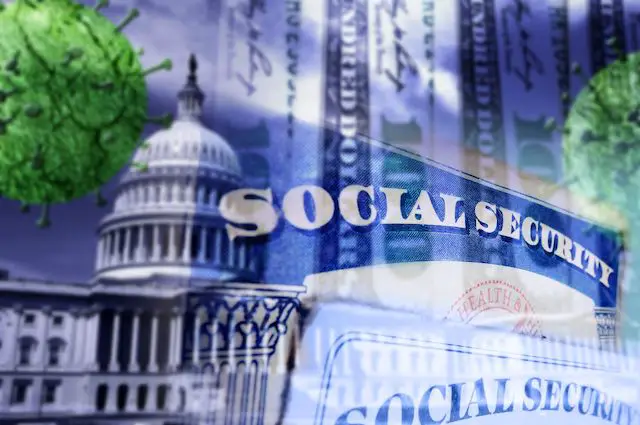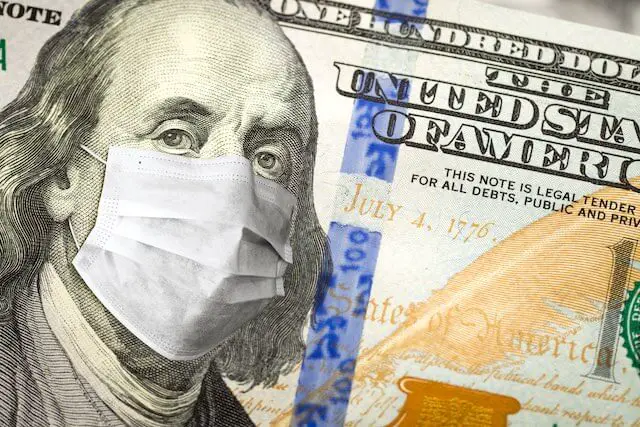When I am wrong, I admit it – ( Mea Culpa).
In early March of 2020, I warned readers that Social Security was not designed to run in the economic environment created by the pandemic. I have doubled down on that assessment ever since, and it is time to admit my error, and concede that I am not a fortune teller.
My mistake wasn’t in the conclusion that Social Security was at risk – it was. My error was the failure to even consider the possibility that the recession caused by the pandemic would have no material impact on our wage markets in 2020. I didn’t give that possibility a first, much less a second, thought.
That faulty premise led to a bad conclusion. I believed that falling wages around the country would cause Social Security to cut benefits for a select number of retirees. If the pandemic had hurt the wage markets, Social Security would have reduced benefits for people born in 1960.
For background, the Social Security system uses annual wage data to adjust itself – without Congressional action. Thus what other people earn is effectively the auto-pilot controlling the destiny of the program. Beyond determining how much revenue the program collects, it sets what retirees get paid and how much tax a worker might face.
On the plus side, this process has allowed Social Security to expand itself every year for 40 years to keep pace with the rise in the standard of living around the nation. The concern was that Social Security would do the exact opposite in a world where wages were contracting – even if falling wages occurred in a single year.
Thankfully, that concern didn’t materialize. Data released by the Treasury Department in October shows that Social Security didn’t survive a 100-year storm; based on the data, there wasn’t even a drizzle. In fact, the collective wage picture of 2020 was in line with the average year over the past decade, and in some ways even better for the program and the retirees it serves.
Workers below the cap enjoyed wage increases above inflation, while workers above the cap absolutely raked bank. The number of people making more than $500,000 in paychecks rose by 10%. This outcome is a possibility that I never really contemplated. In total, the average worker in 2020 made 2.83% more in wages than in 2019.
The combination works out well for people who are about to retire. The results mean that Social Security will once again become slightly more generous for people who are eligible to collect benefits. For people born in 1960, they will see their benefit base grow by more than 1% after inflation.
The data is puzzling, however. More than 3 million workers earning less than $60,000 a year simply vanished. The one thing that we know about these workers is that these people were not working in January or February when the unemployment rate was at 50 year lows, so these aren’t the workers who were pushed out of the workforce by COVID.
The type of worker that fits this profile is the potential immigrant who stayed back at home instead of joining the work force in the United States. Maybe it is college student who decided to take an extra year of school. It is a person who did not earn wages for the entire year.
These figures from Treasury do not suggest that workers were saved by an economic rebound. If that were the case, we would see a rise in the number of part-year workers. To illustrate, the workers, who lost 3 months of pay during 2020 before finding a similar job, would appear in the data as a 75%-earner. The worker making $50,000 would become a worker making $37,500.
If millions of workers temporarily missed paychecks as a result of COVID, we would see a rise in the number of workers in the lower half of the wage scale; instead the nation lost 500,000 workers earning less than $40k.
Moreover, workers do not vanish in economic rebounds. Millions of people who weren’t working in February didn’t work a day for the rest of the year.
The numbers mean that the people who lost jobs or took furloughs managed to find better paying jobs that more than offset the reductions. It is possible that hazard pay and signing bonuses created a buffer that offset the time off. The numbers tend to support the theory that COVID changed how people work rather than whether they worked.
That is a possibility that I didn’t consider.




